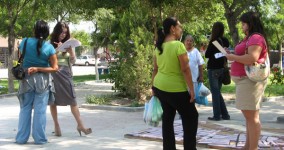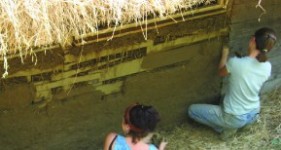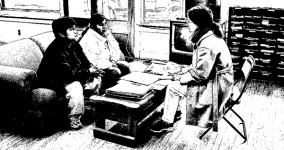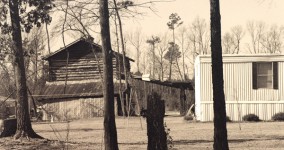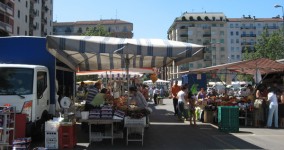
In September 2011, I co-lead a workshop at Ecoweek Milan with Rahel Belatchew Lerdell. The workshop’s goal for the student participants was to design a covered market that should also serve as a social space. A site within the city of Milan was chosen because of its undefined urban character and where the implementation of such a structure could have an impact on the urban life and social connectivity of the inhabitants. The workshop started with research investigating case studies, analyzing the site, observing local street markets, and interviewing potential users. Students then brainstormed and developed their ideas, seeking solutions that incorporated sustainable building principles and materials. I created a blog (http://ecoweekmilan2011w4.wordpress.com/) for the workshop which was utilized by participants as a platform for sharing resources, research, design progress, and comments.


